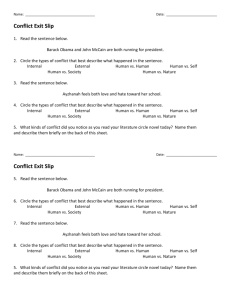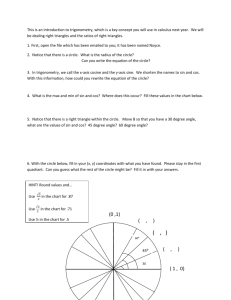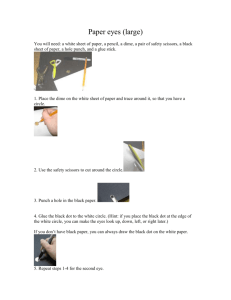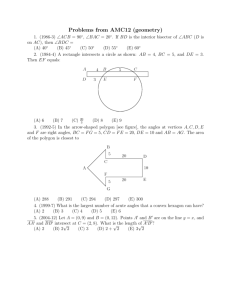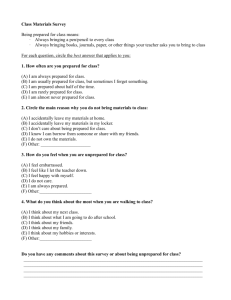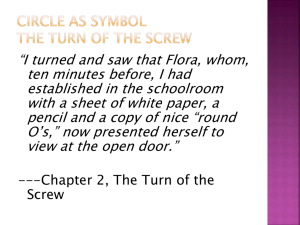GETTING STARTED ON YOUR PAPER
advertisement
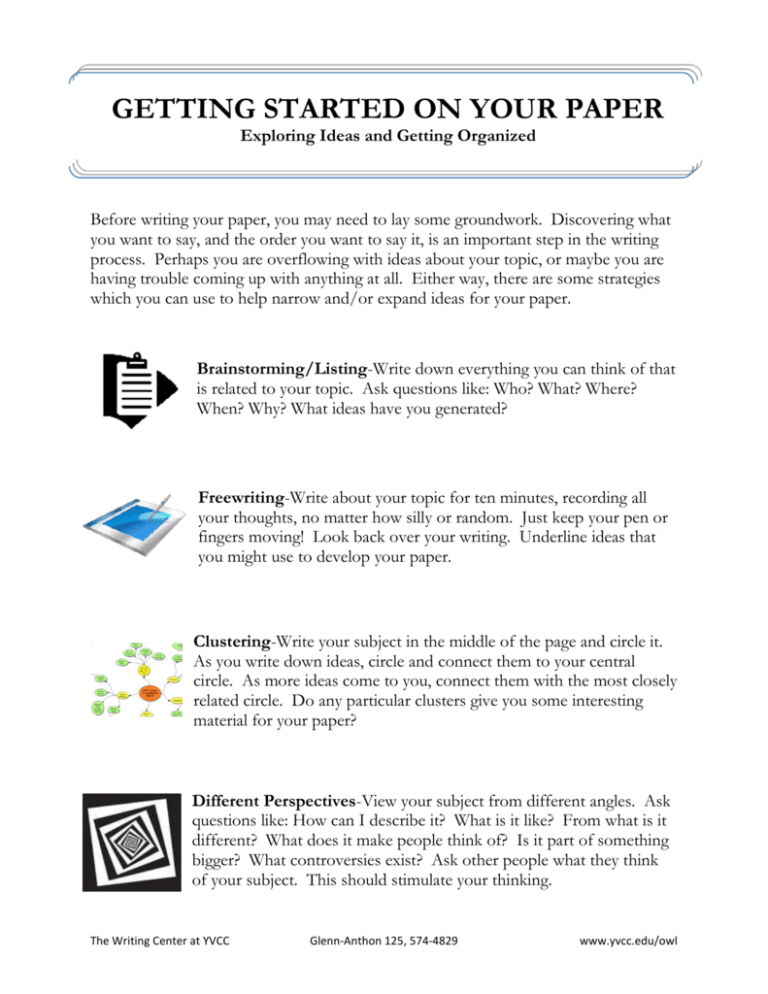
GETTING STARTED ON YOUR PAPER Exploring Ideas and Getting Organized Before writing your paper, you may need to lay some groundwork. Discovering what you want to say, and the order you want to say it, is an important step in the writing process. Perhaps you are overflowing with ideas about your topic, or maybe you are having trouble coming up with anything at all. Either way, there are some strategies which you can use to help narrow and/or expand ideas for your paper. Brainstorming/Listing-Write down everything you can think of that is related to your topic. Ask questions like: Who? What? Where? When? Why? What ideas have you generated? Freewriting-Write about your topic for ten minutes, recording all your thoughts, no matter how silly or random. Just keep your pen or fingers moving! Look back over your writing. Underline ideas that you might use to develop your paper. Clustering-Write your subject in the middle of the page and circle it. As you write down ideas, circle and connect them to your central circle. As more ideas come to you, connect them with the most closely related circle. Do any particular clusters give you some interesting material for your paper? Different Perspectives-View your subject from different angles. Ask questions like: How can I describe it? What is it like? From what is it different? What does it make people think of? Is it part of something bigger? What controversies exist? Ask other people what they think of your subject. This should stimulate your thinking. The Writing Center at YVCC Glenn-Anthon 125, 574-4829 www.yvcc.edu/owl Now that you have some ideas, consider which ones you want to use and how you want to organize them. Important: Make sure you can state the main idea of your paper in a sentence or two. One central focus will help you connect all your thoughts. Scratch Outline-List your main supporting ideas. Consider what might be the best order for each point to be addressed and then number them accordingly. This is a very quick, basic outline and may be enough to get you started on your first draft. Outline Tree-This looks a lot like a family tree, with the main idea at the top, and your supporting ideas branching off. Beneath each supporting idea, you can branch off with other related details. This provides a good visual representation of how your ideas are connected to each other. Outline Cards-Write each of your main supporting ideas on an index card and order them. Related quotes, statistics, specific details, and supporting evidence can also be written on separate cards and ordered accordingly. Outline Worksheet/Sunburst Organizer-These worksheets offer tools for organizing your ideas with a fair amount of detail. Ask a consultant where they are if you cannot find them in the Writing Center. Adapted from Clouse, Barbara Fine. Working It Out: A Troubleshooting Guide for Writers. Boston: McGraw Hill, 2001. Print. The Writing Center at YVCC Glenn-Anthon 125, 574-4829 www.yvcc.edu/owl






